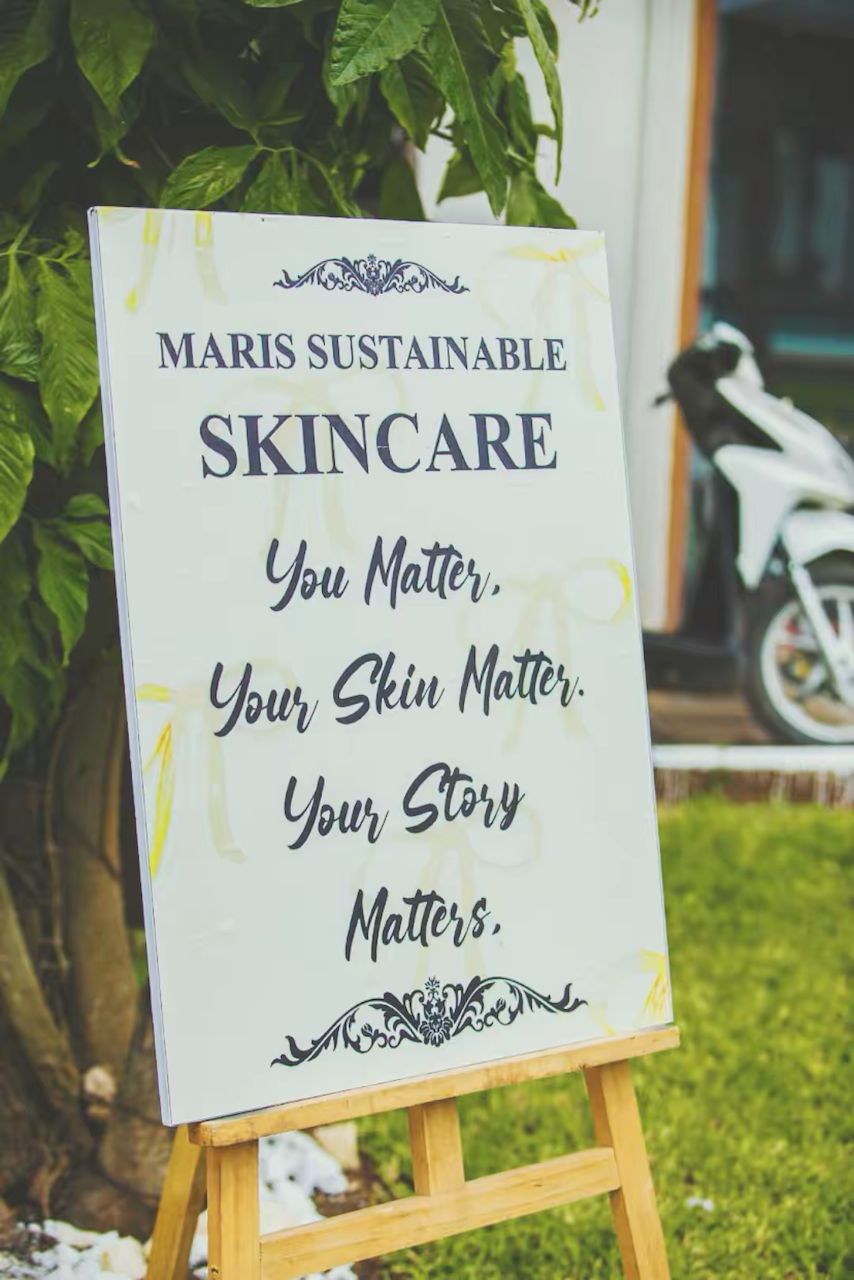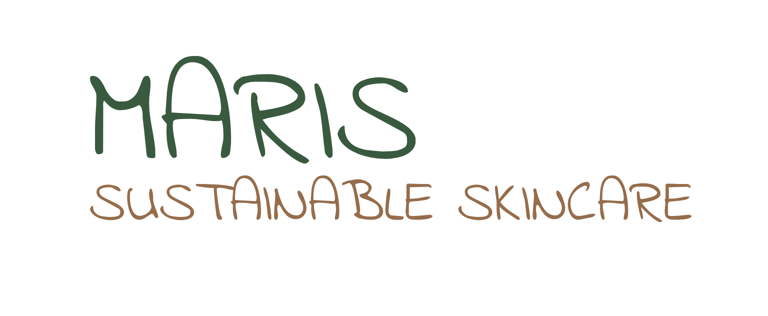Skin Bleaching Crisis
Why Ending the Skin Bleaching Crisis Demands a Coordinated Global Response
Mariam Ismail Rumatila
8/8/20255 min read


Despite decades of advocacy, regulation, and awareness campaigns, the skin bleaching industry remains not only intact but thriving. From Lagos to London, Nairobi to New Delhi, entire markets continue to profit from deeply embedded colorist ideologies and unchecked cosmetic sales. While some countries have imposed bans and launched education initiatives, the reality is stark: skin lightening products many of them toxic are more accessible, more profitable, and more socially accepted than ever.
What this shows is simple: we are not dealing with a local issue. We are dealing with a global failure.
Skin bleaching has become a public health crisis, a regulatory blind spot, and a cultural flashpoint. Tackling it requires more than isolated bans or campaigns. It requires coordinated global action across governments, industries, media, and civil society to address the systemic roots of colorism and regulate the mechanisms that continue to fuel it.
This article outlines the scale of the problem and proposes a practical blueprint for unified international response.
Local Bans Are Not Enough
Many governments have banned the sale of products containing mercury, hydroquinone, and high concentrations of steroids key ingredients in dangerous bleaching creams. Yet enforcement remains inconsistent, underfunded, and often ineffective.
In countries like Tanzania, Rwanda, Ghana, and South Africa, these bans are regularly circumvented by black market sales, misleading packaging, cross-border trafficking, and now, the explosive growth of online and social media marketplaces.
The illusion of national control fades quickly when a single TikTok video can direct thousands of users to an unregulated seller operating across jurisdictions.
Moreover, users often don’t even realize what they’re applying. Due to false labeling and lack of ingredient disclosure, many believe they are using “safe” or “natural” brightening products, when in fact, they are absorbing hazardous substances that can lead to kidney damage, steroid addiction, mercury poisoning, and permanent skin disfigurement.
The failure here is not only in health education but in global consumer protection.
The Gaps in Global Regulation
The Minamata Convention on Mercury, an international treaty that came into force in 2017, banned the manufacture and trade of skin-lightening products with mercury concentrations over 1 ppm (parts per million). Yet despite this, thousands of mercury-laden creams remain available across Africa, Asia, and diaspora communities in the West.
In 2023, a Zero Mercury Working Group investigation found that 129 of 166 tested products still contained illegal mercury levels, some exceeding 11,000 ppm.
This exposes a clear regulatory gap: while treaties exist, enforcement mechanisms remain weak, fragmented, and poorly coordinated between exporting and importing nations.
Without consistent global testing, certification, and legal consequences, manufacturers simply adapt shifting production to unregulated regions, rebranding products, or selling directly to consumers via encrypted or untraceable e-commerce platforms.
The message is clear: fragmented laws will never defeat a transnational industry.
Reimagining Public Health Messaging
Health campaigns have long centered on the dangers of bleaching but many remain rooted in fear-based messaging. Posters showing blackened, peeling skin or images of bleeding lesions may shock, but they often fail to generate sustained behavior change. Worse, they can reinforce shame or drive the practice further underground.
What is needed is a shift from fear to critical beauty consciousness.
Public health communication must address the ideological roots of skin bleaching: colorism, colonial legacies, and socio-economic inequity. It must move beyond simplistic slogans like “Black is Beautiful,” and instead initiate honest conversations about how beauty standards are shaped, commodified, and weaponized.
When young women are told “you are beautiful as you are” while seeing every influencer, bride, or actress filtered into lighter tones there is a cognitive dissonance that cannot be ignored.
To be effective, messaging must align with actual social incentives. That means elevating darker skin in media, changing casting and advertising norms, and celebrating unaltered skin in public and professional life.
Holding Industry Accountable
One of the most under-criticized players in this crisis is the beauty and pharmaceutical industry. Multinational corporations continue to profit from a dual strategy: distancing themselves from overtly “bleaching” products while quietly selling “brightening,” “fairness,” or “tone-correcting” lines that reinforce the same ideal.
Ad campaigns often feature euphemisms such as “glow,” “radiance,” or “blemish removal” avoiding explicit references to skin lightening while still feeding the aspirational image of lighter skin.
Governments and regulatory agencies must push for:
● Full ingredient transparency
● Advertising restrictions, particularly on language that implies superiority of lighter skin
● Mandatory health disclaimers on any skin-altering cosmetic
● Stronger penalties for false marketing claims or banned substances
Until the profit motive is disrupted, companies will continue to exploit regulatory grey areas and consumer insecurity.
Empowering Local and Diaspora Movements
Colorism cannot be legislated away it must be culturally dismantled. That work is being done every day by activists, artists, educators, and entrepreneurs across the globe.
In East Africa, grassroots campaigns such as Black and Proud, My Melanin My Power, and youth-led skin positivity pages are challenging the status quo from within communities. In the diaspora, influencers are leveraging their platforms to debunk bleaching myths, expose harmful brands, and redefine beauty from a lens of authenticity and cultural pride.
But these movements need institutional support: funding, platforms, visibility, and collaboration. Their efforts are often fragmented or under-resourced, despite their cultural relevance and grassroots reach.
Global action must mean amplifying local voices, not replacing them.
Toward a Coordinated Global Response to end the bleaching epidemic, the world must act collectively.
This includes:
1. A global ban on harmful ingredients, enforced through international trade law and routine product testing at borders
2. A shared ingredient database to track non-compliant brands and manufacturers
3. Funding for public health and anti-colorism education, especially in vulnerable communities
4. Cross-platform regulation of digital sales on sites like TikTok, Instagram, and
5. Corporate regulation and tax incentives for brands investing in non-discriminatory marketing
6. Global media partnerships to normalize diverse skin tones in mainstream representation
7. Support for local entrepreneurs creating safe, culturally rooted skincare alternatives
A global alliance perhaps under WHO, the UN, or a coalition of regional bodies must coordinate these efforts with clear targets, timelines, and accountability mechanisms.
The Role of Conscious Skincare Brands
This is where ethically rooted brands like Maris Sustainable Skincare play a vital role. Based in Tanzania and deeply embedded in community values, Maris does not only offer products it offers a different way of thinking about skin, care, and self-worth.
Maris rejects the whitening paradigm entirely. Instead, it centers African botanicals, scientific integrity, and emotional well-being. Its formulations are safe, non-toxic, and proudly melanin-positive. More than that, Maris actively challenges the psychological harms of colorism through storytelling, education, and advocacy.
But Maris cannot and should not stand alone. A new era of beauty must emerge: one that is sustainable, transparent, and affirming of all skin tones. That future will require both consumer consciousness and policy change.
Conclusion: What Global Action Looks Like
Skin bleaching is not a niche beauty trend it is a symptom of global inequality, institutionalized racism, and commercial exploitation. It thrives because too many systems benefit from its continued existence: from media and advertising to unregulated markets and cultural silence.
The time for isolated action is over. Bans are not enough. Awareness is not enough. We need systems change driven by global accountability and local empowerment.
Maris Sustainable Skincare stands among the few that are actively reshaping what beauty can mean for Africa and beyond. Its mission is not just to heal the skin, but to help rebuild the dignity and self-definition of a generation.
Now is the time to act. Not just locally. But globally.
Let this be the decade where we confront colorism, regulate harmful industries, and restore beauty to its rightful meaning: not a standard to be sold but a reality to be lived, in every shade.
Join the Maris Community
© 2025 Maris Speak Up. All rights reserved.
Your privacy is important to me. Rest assured, your email will never be shared or sold.
Info@marissustainableskincare.com
Our official email
Join our community of early supporters and get exclusive benefits when we launch our skincare brand. As a founding insider, you’ll be the first to hear about product updates, enjoy early access, and receive special rewards made just for our day-one members. Plus, you'll get skincare tips and behind-the-scenes content as we build something meaningful together.
